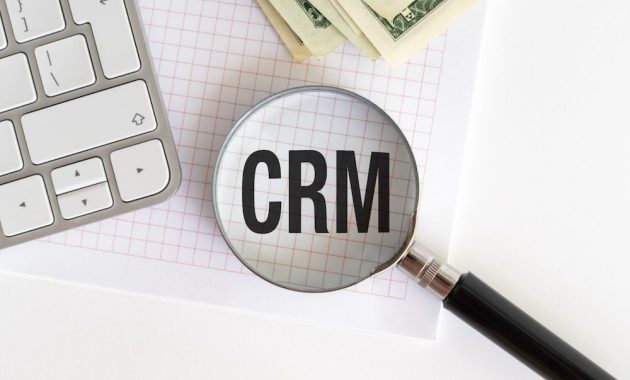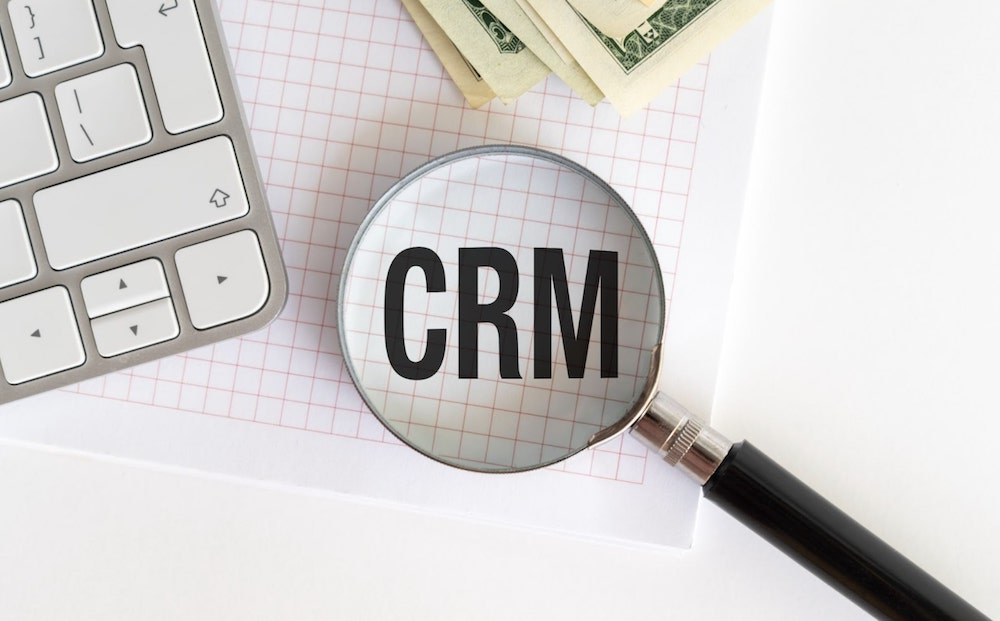
Unlocking Growth: Your Step-by-Step Guide to Setting Up ROI Through CRM Software
In today’s competitive business landscape, maximizing Return on Investment (ROI) is paramount. Companies constantly seek ways to optimize their operations and ensure every dollar spent contributes to profitability. One of the most effective tools for achieving this is Customer Relationship Management (CRM) software. However, simply implementing a CRM isn’t enough. The key lies in a strategic setup that directly contributes to a positive ROI. This guide provides a comprehensive, step-by-step approach to setting up your CRM software for optimal ROI. It’s a practical roadmap for businesses of all sizes, from startups to established enterprises. The focus is on actionable insights and proven strategies, rather than theoretical concepts. The goal is to empower you to harness the full potential of your CRM investment. Setting up a CRM for ROI is a journey, not a destination.
Defining Your Objectives: The Foundation of Success
Before diving into technical aspects, it’s crucial to define your specific business objectives. What do you want to achieve with your CRM? Are you aiming to increase sales, improve customer retention, streamline marketing efforts, or enhance customer service? Clearly defined goals will serve as your compass throughout the setup process. They will guide your choices and allow you to measure the success of your CRM implementation. Without clear objectives, you risk implementing features that don’t align with your core business needs. This will ultimately lead to wasted resources and a diminished ROI. The first step in setting up your CRM for ROI is therefore goal setting.
Identifying Key Performance Indicators (KPIs)
Once you’ve established your objectives, the next step is to identify KPIs. These are the metrics you’ll use to track progress and measure the effectiveness of your CRM implementation. KPIs should be specific, measurable, achievable, relevant, and time-bound (SMART). For example, if your goal is to increase sales, your KPIs might include the number of leads generated, the conversion rate of leads to customers, the average deal size, and the overall revenue generated. If the objective is improving customer service, KPIs could include customer satisfaction scores, resolution times, and the number of support tickets closed. Regularly monitoring your KPIs is essential for identifying areas for improvement and ensuring your CRM is delivering the desired results. [See also: Measuring CRM Success: Key Performance Indicators You Need To Track]
Choosing the Right CRM Software
Selecting the right CRM software is a critical decision that will significantly impact your ROI. The market is flooded with options, each offering a unique set of features and pricing models. Choosing the right one for your business involves careful consideration of your specific needs, budget, and technical capabilities. It’s not a one-size-fits-all scenario. The best CRM for your business will depend on factors like company size, industry, and the complexity of your sales processes. Consider the scalability of the software. Can it grow with your business? Does it integrate with your existing tools and systems? Does it offer the features you need to achieve your objectives? Do your research, read reviews, and compare different CRM solutions to find the best fit. Make sure the software has capabilities that will help you set up ROI from the very beginning. [See also: CRM Software Comparison: Finding the Best Fit for Your Business]
Data Migration and Organization: A Clean Slate
Data migration is often the most time-consuming and challenging part of the CRM setup process. It involves transferring your existing customer data from spreadsheets, legacy systems, or other sources into your new CRM. The goal is to create a centralized, organized, and accurate database of customer information. This data is the lifeblood of your CRM. Without it, your efforts will be in vain. Take the time to clean and standardize your data. Remove duplicates, correct errors, and ensure consistency across all fields. This will improve data accuracy and make it easier to generate meaningful reports and insights. Consider the use of data migration tools or seek professional assistance if you have a large and complex dataset. Proper data migration is crucial for setting up ROI through CRM software. It is an essential step.
Customizing Your CRM: Tailoring It to Your Needs
CRM software is often highly customizable, allowing you to tailor it to your specific business processes. This is where you configure the system to reflect your sales pipeline, marketing campaigns, and customer service workflows. Customize fields, create custom reports, and automate tasks to streamline your operations and improve efficiency. Think about your existing workflows and how the CRM can support them. Don’t try to change your business processes to fit the CRM. Instead, customize the CRM to fit your business processes. This will ensure that the software is a valuable tool for your team. It will also increase user adoption and maximize your ROI. Remember, the more tailored your CRM is to your needs, the more effective it will be. This customization is a key part of setting up ROI through CRM software.
User Training and Adoption: Empowering Your Team
Even the best CRM software is useless if your team doesn’t know how to use it. User training is essential for ensuring successful adoption and maximizing your ROI. Provide comprehensive training to all users, covering the key features and functionalities relevant to their roles. Offer ongoing support and encourage users to ask questions and seek assistance. Create a culture of CRM adoption. Make it clear that the CRM is a valuable tool that will help them be more successful in their jobs. Show them how the CRM can improve their productivity and make their lives easier. The more comfortable your team is with the CRM, the more likely they are to use it effectively. This is an important factor in setting up ROI through CRM software.
Ongoing Optimization: Continuous Improvement
Setting up a CRM for ROI is not a one-time event. It’s an ongoing process that requires continuous monitoring, analysis, and optimization. Regularly review your KPIs and identify areas where you can improve performance. Make adjustments to your CRM configuration, workflows, and processes as needed. Stay informed about new features and updates. Implement them to take advantage of the latest advancements in CRM technology. The market for CRM software changes rapidly. Keep up with the trends. By continuously optimizing your CRM, you can ensure that it remains a valuable tool for your business and continues to deliver a positive ROI. This ongoing optimization is a key element in setting up ROI through CRM software.
Integrating with Other Systems: Creating a Unified Ecosystem
CRM software rarely operates in isolation. To maximize its effectiveness, it’s important to integrate it with other systems you use, such as marketing automation platforms, email marketing tools, and accounting software. Integrations allow you to share data between systems, automate tasks, and gain a more holistic view of your customers. For example, integrating your CRM with your marketing automation platform can help you track leads, nurture them through the sales funnel, and measure the ROI of your marketing campaigns. Integrating with your accounting software can provide a complete view of customer profitability. These integrations contribute to setting up ROI through CRM software. The more integrated your systems are, the more powerful your CRM becomes. This allows you to make better decisions.
Measuring and Analyzing ROI: Proving the Value
The final step is to measure and analyze your CRM’s ROI. This involves tracking your KPIs, comparing your results to your objectives, and identifying areas where you’ve achieved success and areas where you can improve. Use the data generated by your CRM to generate reports, analyze trends, and gain insights into your customers and your business. Calculate the cost of your CRM implementation, including software costs, implementation costs, and ongoing maintenance costs. Compare these costs to the benefits you’ve achieved, such as increased sales, improved customer retention, and reduced operational costs. This will give you a clear picture of your CRM’s ROI. Regularly review your ROI and use the insights to refine your CRM strategy and improve your results. The ability to measure and analyze ROI is the ultimate proof of the value of setting up ROI through CRM software.
In conclusion, setting up ROI through CRM software is a multifaceted process that requires careful planning, execution, and ongoing optimization. By following these steps, you can maximize the value of your CRM investment and achieve significant improvements in your business performance. From defining clear objectives to measuring and analyzing your ROI, each step is crucial. The key to success is a strategic approach that aligns your CRM with your business goals. This approach will help you unlock the full potential of your CRM and drive sustainable growth. Remember, it’s not just about implementing the software. It’s about using it effectively to achieve your business objectives and maximize your ROI. This is how you successfully set up ROI through CRM software.

